How Long Will Vacuum Sealed Fish Last in The Refrigerator? Fish Preservation
Vacuum sealed process has become popular these days. Maximum people use this vacuum-sealed process to keep their foods, fish, and meat fresh to keep the freshness and raw taste of fish. However, nobody can tell that this process can keep your food forever fresh.
These factors need to be remembered while processing, the fish must be fresh, cleaned, and dried before sealing in a vacuum pack. Usually, vacuum-sealed raw fish can last up to 2-3 days in the refrigerator, and smoked vacuum-sealed fish can last longer than 2-3 weeks.
Are you worried about how long this vacuum-sealed fish lasts in the refrigerator? Through this post, you will learn how to preserve the fish in the vacuum-sealed pack in a proper way. You’ll be also able to how long the fish will last and how the process works.
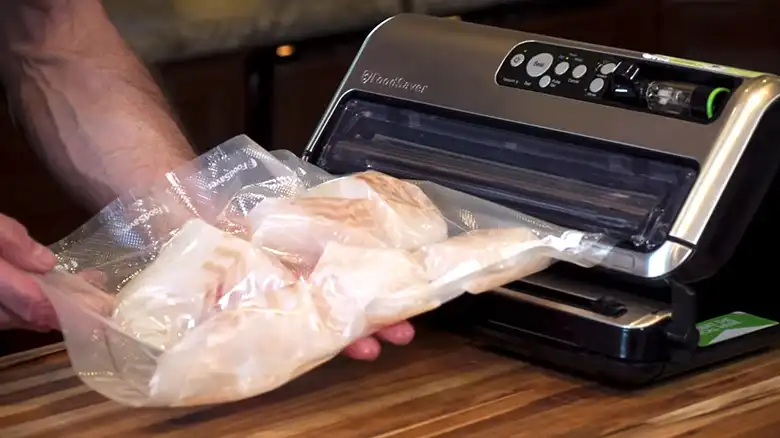
Preservation Time of Vacuum Sealed Fish
A vacuum sealer removes air and moisture from the plastic bags that contain fish, usually a fillet for small fish and a large fillet for big-size fish. Then the sealer seals the plastic tightly by thermal bonding. The vacuum-sealed process keeps your fish fresh and tasty. It does not mean it stays free from getting rotten at any temperature.
If your goal is preserving a fish for a long time then you need to seal it appropriately. The vacuum sealing process can keep your fish fresh for several months or almost a year. The process will make sure that no air can pollute the flavor or formation of the food.
When a fish is frozen traditionally, by storing it in a plastic bag or freezer or safe containers the fish will last 3-6 months. But, when you use the vacuum-sealed process to preserve your fish you can extend your fish’s life by several months or even a year.
Your tuna, salmon, and trout will last longer anywhere more than a year if you seal your fish with your FoodSaver Vacuum Sealer, while the shrimp can last up to 2 years.
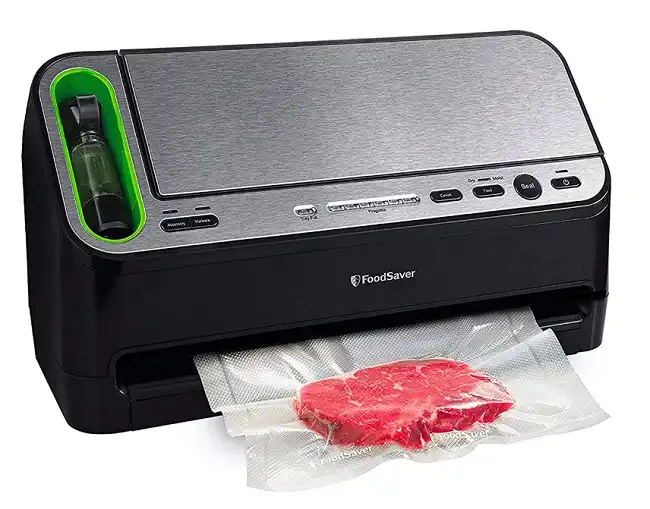
Appropriate Ways of Vacuum Sealing
How long does a vacuum-sealed fish last in the refrigerator, this process depends on some factors given below:
- Use a Good-Quality Vacuum Sealer Machines
Fish flesh holds high moisture. a good quality vacuum sealer can eliminate high moisture. However, a chamber sealer works better to eliminate high moisture. Chamber sealers are expensive. But, some medium-quality sealer machine offers a setting for moist foods, such as fish fillet.
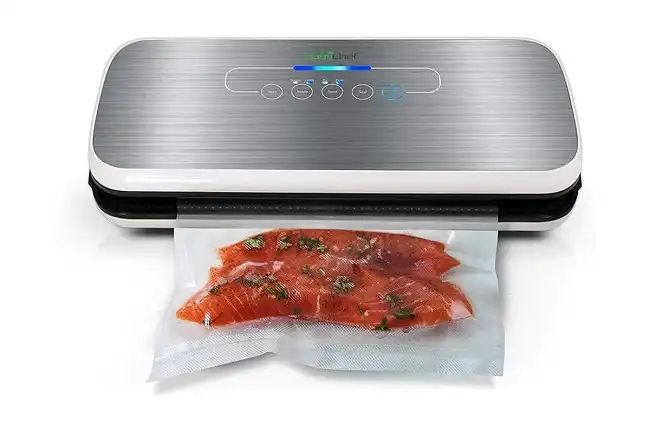
- Always Use a Dry Bag
If you want to enjoy your fish fresh with a better taste then you are highly recommended to use a dry bag. If you want a perfect vacuum seal, then use a bag that is properly dry and sealed appropriately. Also, carefully insert the fillet so that it doesn’t get stuck near the sealing end.
Many people use paper towels to make certain the upper 2-3 inches of the bag below the seal are dry. Also, look over those upper two inches when sealing, and make sure no liquid works its way up the bag.
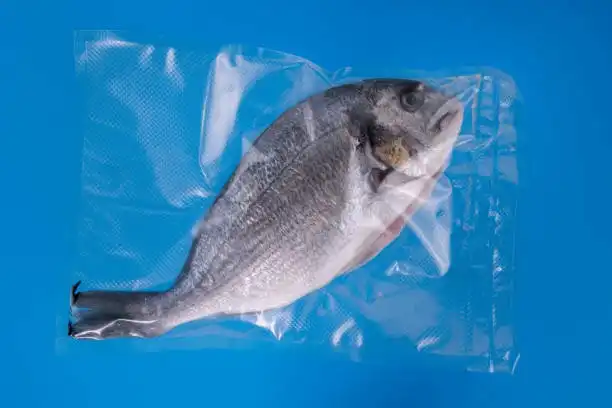
- Pre-Freeze Your Fillets
Pre-freezing helps to diminish maximum fish moisture. As a consequence, vacuum sealing will be easier and long-lasting. So, before vacuum sealing keep the fish inside the refrigerator (a couple of hours or so) to diminish the moisture.
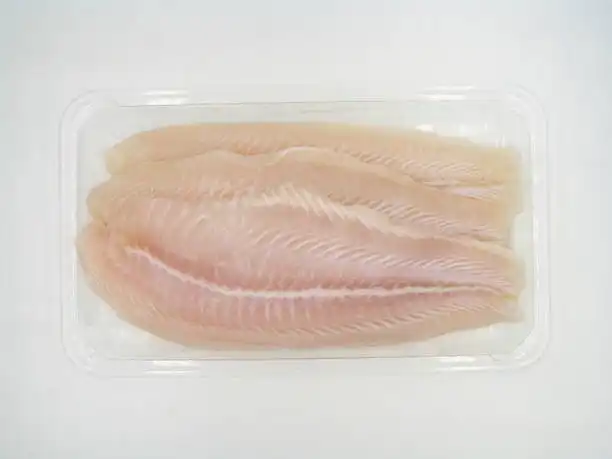
Some people wrap the fillets in plastic bags and then moderately freeze them before vacuum sealing.
- Remember Soaking Fillets in Brine Before Sealing
A few minutes of soaking in brine will make the fillets stronger in texture than in regular vacuum-sealed fish.
- Use Paper Towel to Dry the Fillets
Do not rush to pack the fish in a vacuum-sealed packet. Use a paper towel to wipe the fish fillets. Keep in mind that as much moisture as you can diminish from fillets as it will long last.
- Look for Bones
Fish bones that lie in the fillet can damage the sealed packet. So, check for the bones (any bones, particularly rib bones) in the fillets once again just to be sure that there are no bones.
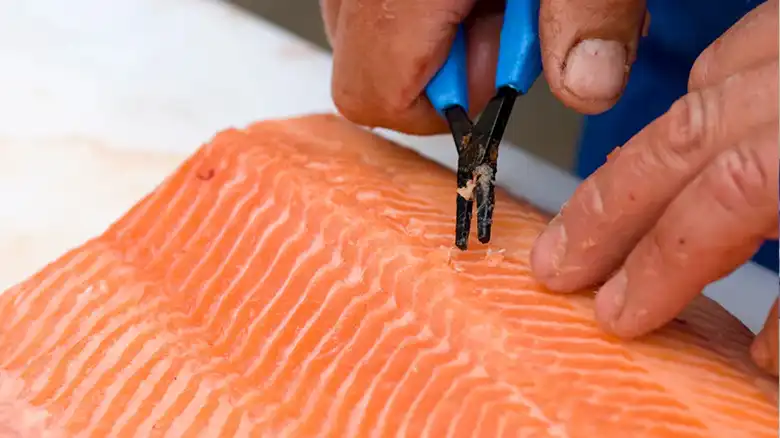
- Add Seasoning Before Sealing if You Wish
If you are a spice lover and prefer to store the fish in marinade condition. If you want to add your desired spice now this is the best time to add it before vacuum sealing.
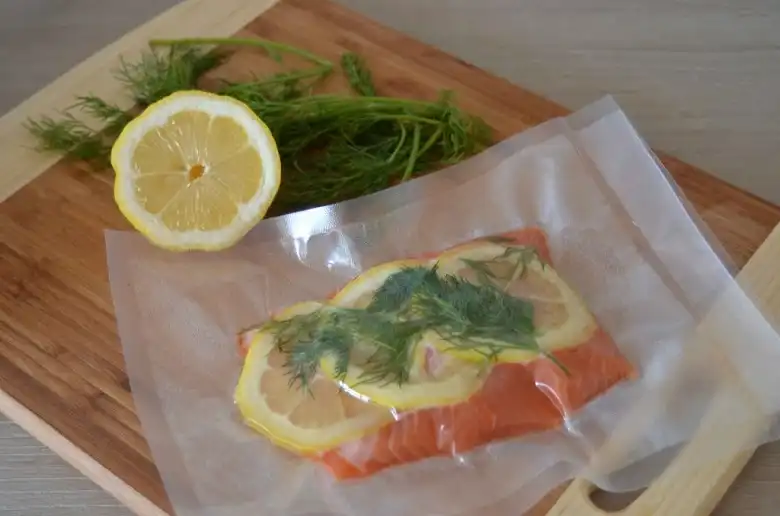
If you don’t have an expensive chamber sealer to marinade the fish fillets the best option for you is to pre-freeze the marinade fish fillets before sealing the pack.
- Thaw Gently
It is really hard to thaw a vacuum-sealed fish. It is preferable to let the vacuum-sealed fish in the normal refrigerator before thawing. Do not leave your frozen fish on the kitchen counter. While it’s thawing remove the fish from the package and keep it in a bowl or a plate.
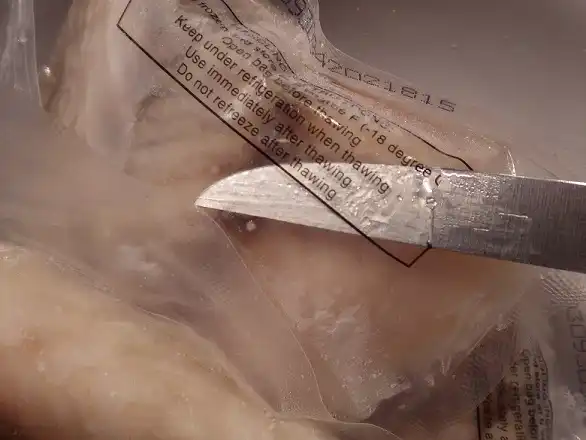
A bacterium named Clostridium botulinum can arise inside the vacuum-sealed pack in anaerobic conditions. These bacteria cannot develop their spores in temperatures under 30 degrees Fahrenheit. But some home refrigerator temperatures may be set warmer than this.
- Do Not Overfill
Overfilling is prohibited. Do not overfill the package with extra fish fillets. It will increase the load. As a consequence, the vacuum-sealed package may damage or tear apart. Inserting fewer fish fillets is usually recommended. Overfilling can also diminish the taste and flavor of fish.
The Disadvantages of Vacuum Sealed Fish
Whereas the vacuum-sealed process keeps the fish fresh and long-lasting, it has some possible disadvantages. Knowing this drawback is necessary if you are thinking of using a vacuum-sealed machine for storage.
Costly
The price of a vacuum-sealed machine starts from $100 and goes up to $1000. You must need a package to seal the fish. The packaging cost will be added to the machine cost. Before you buy the machine think of the storage.
How much storage space do you have inside the refrigerator? If you do not have sufficient space to store big categories of fish, avoid buying a vacuum-sealing machine. Otherwise, all of your investment will go in vain.
Safety
Generally, a vacuum-sealed process is used to protect the fish from bacteria. The vacuum-sealed eliminate air and moisture from the packet so bacteria can’t grow without oxygen. However, some bacteria can grow without air. Clean and dry the fish properly you want to seal.
Remember, if you do not clean the fish properly and dry it, bacteria will grow inside the pack. In that case, this process of vacuum-sealed cannot protect your fish. In some cases, fish stored in a freezer with a normal packet last longer than the vacuum-sealed packed. So, make sure before you store that the packet and the fish are perfectly clean and dried.
People Also Ask (PAA)
Does Vacuum Sealing Worth the Hassle?
Eliminating air and moisture from the sealed bag with fillets and sealing it hardly ensures a long-lasting freezer life. Moisture causes decay in the flesh, even when it is solidly frozen. It is worth the hassle only if you want your frozen fish to taste better on the day you catch it.
What Types of Foods Can I Vacuum Seal for Long-Term Storage?
Shelf-stable and dry foods e.g. Corns, Crystalized Sugar, Fast Foods, White Flour, Coffee, and Grains. This food can be stored for even longer periods from the time you seal it. This process is suitable for preserving seasonal and perishable food for storage or in case of an emergency supply of food.
Are There Any Foods I Can Not Vacuum Seal for Freezing?
Some foods cannot be vacuum sealed e.g. Hal-Baked meat, Cooked meat, Macaroni, Plane rice, Shrubs, Green beans, and Dry Vegetables and Fruits. Other foods you cannot seal like: Garlic, Broccoli, Freshly cooked low-acid vegetables, Cabbage, Turnips, Soft Cheese, etc.
Conclusion
The vacuum-sealed process is generally used to keep the fish fresh much longer than a normal refrigerator. Through this process, fish and some other foods stay fresh and tasty longer than regular freezing fish or other foods. The vacuum-sealed fish can stay fresh for 2-3 weeks. Many people think that if the fish are vacuum-sealed, there is no need to get panicked about the food. Sometimes this time might increase or decrease depending on your way of storing process. It is necessary to take care of vacuum-sealed fish very carefully. Good quality vacuum sealing machines are also responsible for keeping your fish and food fresh.

![[Answers] Can I Run My RV Fridge on a 110 Volt Power Source?](https://www.dominatekitchen.com/wp-content/uploads/2023/05/image-5-768x768.png)
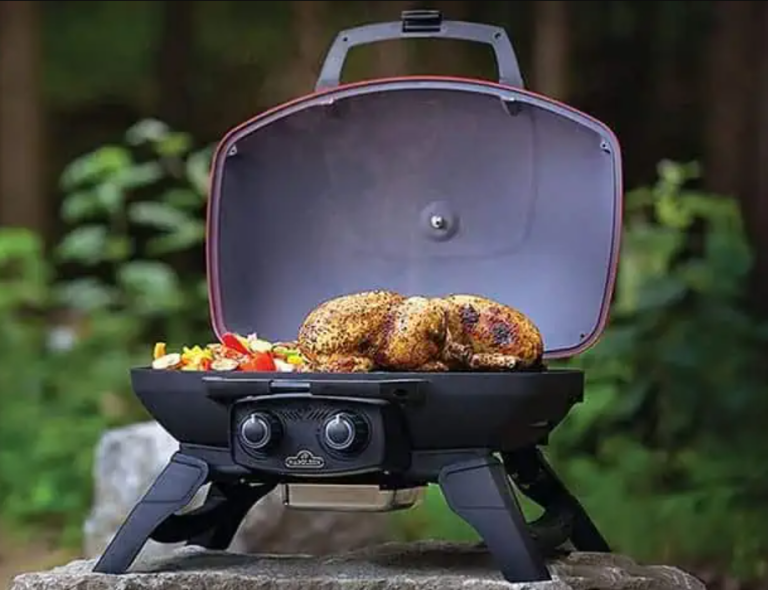
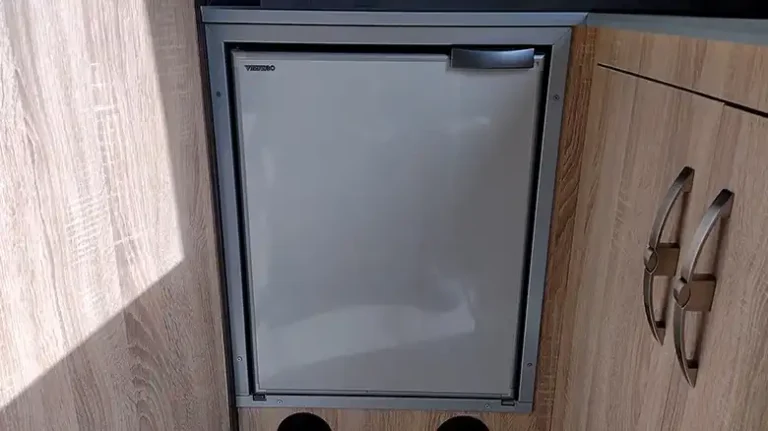
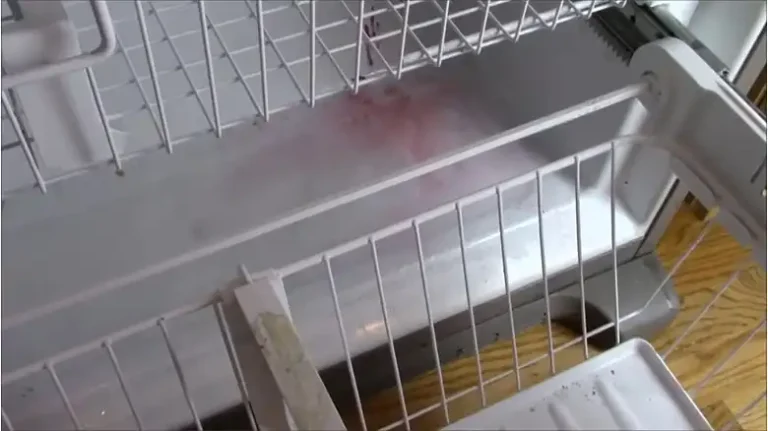
![[Explained] Is R134a Refrigerant Flammable?](https://www.dominatekitchen.com/wp-content/uploads/2023/02/Is-R134a-Refrigerant-Flammable-768x431.webp)
![[Explored] Can You Remove the Freezer From a Mini Fridge?](https://www.dominatekitchen.com/wp-content/uploads/2023/08/Can-You-Remove-the-Freezer-From-a-Mini-Fridge-768x431.webp)
